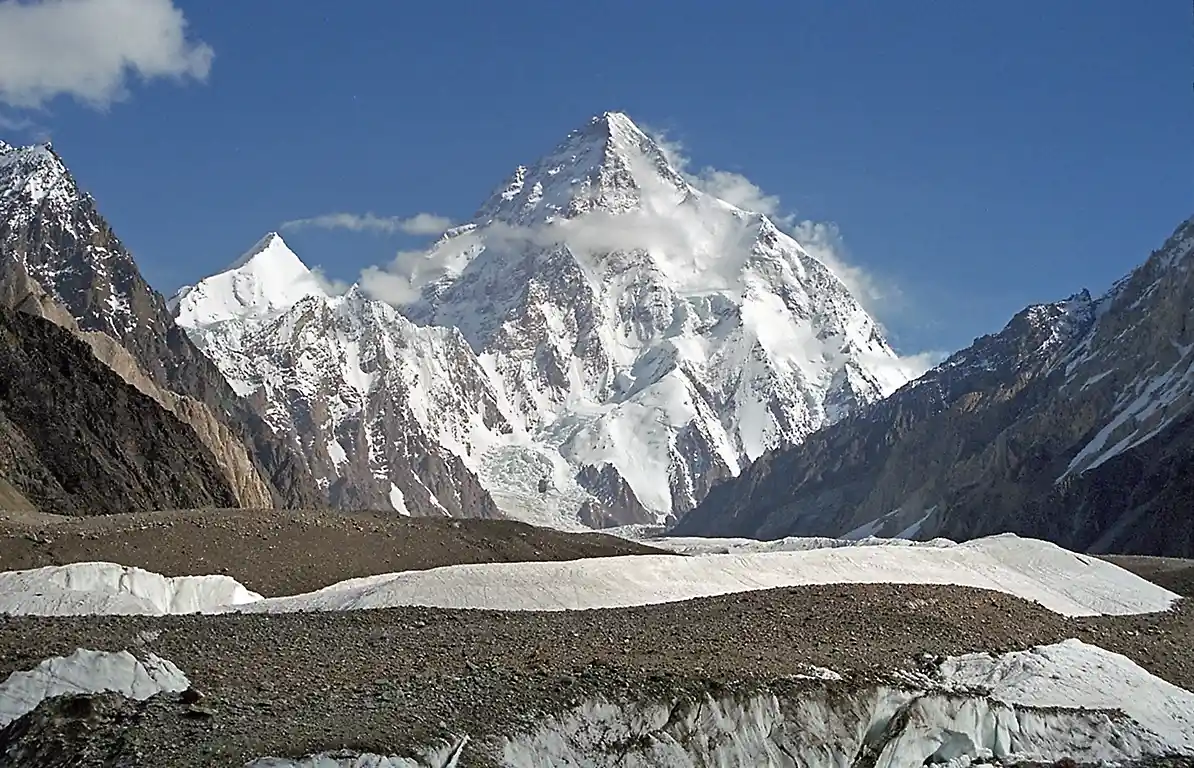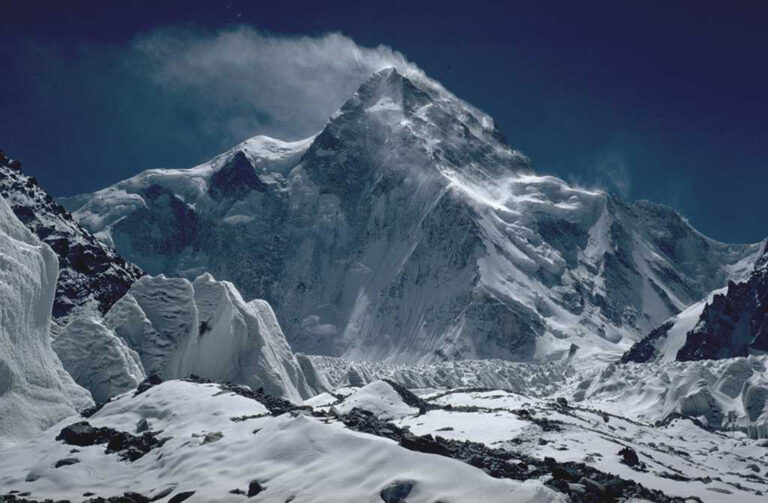K2 Base Camp vs Everest Base Camp: Which Trek is More Challenging?
Trekking to the base of the world’s highest peaks is a dream for many adventure seekers. When choosing between K2 Base Camp and Everest Base Camp, trekkers often wonder: K2 Base Camp vs Everest Base Camp: Which Trek is More Challenging? Both treks are legendary, offering breathtaking scenery, cultural encounters, and a true test of endurance. However, their difficulty levels, altitude, scenery, and logistics vary significantly. This guide will help you compare the two iconic treks and decide which one suits your adventure goals best.

Comparing Difficulty: K2 Base Camp vs Everest Base Camp
When it comes to trekking difficulty, both K2 Base Camp and Everest Base Camp demand a high level of fitness, but K2 is widely regarded as the tougher challenge.
K2 Base Camp: The trek to K2 Base Camp is more rugged, remote, and technically demanding. It involves crossing the Baltoro Glacier, navigating moraines, and enduring unpredictable weather conditions. The trails are not well-defined, making it a true wilderness experience.
Everest Base Camp: The trek to Everest Base Camp is physically demanding but benefits from well-established trails, teahouse accommodations, and easier access to emergency aid if needed. However, high altitude and long trekking days still pose significant challenges.
Altitude Considerations
Both treks reach extreme elevations, making altitude sickness a real concern.
K2 Base Camp: Reaches an altitude of 5,150 meters (16,896 feet). The trek involves long ascents and descents, often without proper acclimatization stops.
Everest Base Camp: Located at 5,364 meters (17,598 feet), slightly higher than K2’s base camp. However, the route allows for gradual acclimatization, reducing the risk of altitude sickness.
Scenic Beauty: A Comparison
K2 Base Camp: Offers raw, untouched wilderness with towering granite peaks like Trango Towers, Masherbrum, and Broad Peak. The trek traverses glaciers, making it more rugged and surreal.
Everest Base Camp: Features a mix of dense forests, Sherpa villages, and stunning views of Everest, Lhotse, and Ama Dablam. The Khumbu Icefall near the base camp is a breathtaking sight.
Trek Logistics: Permits, Accessibility, and Costs
K2 Base Camp: Requires a Pakistan visa, a trekking permit from the Pakistan Alpine Club, and registration with the local authorities. Trekkers must hire a registered guide and porter. The journey starts from Islamabad, with a domestic flight to Skardu and a 7-8 hour jeep ride to Askole, the trek’s starting point.

Everest Base Camp: Requires a Nepal visa, a Sagarmatha National Park Permit, and a TIMS (Trekkers’ Information Management System) card. The trek begins in Lukla, reached via a short flight from Kathmandu. Well-developed trekking infrastructure makes logistics easier.
Pros and Cons of Each Trek
K2 Base Camp Trek
Pros:
A less commercialized, off-the-beaten-path adventure.
Spectacular views of some of the world’s most dramatic peaks.
True wilderness experience with fewer crowds.
Cons:
More difficult and physically demanding.
Requires a higher level of self-sufficiency and experience.
Limited rescue and medical facilities in case of emergencies.
Everest Base Camp Trek
Pros:
Well-maintained trails with plenty of tea houses for rest and accommodation.
Strong trekking community and support infrastructure.
More gradual acclimatization, making it safer for many.
Cons:
Heavily commercialized and often crowded.
Requires careful planning for securing flights to Lukla.
The experience can feel less raw compared to K2.

Which Trek is Best for Beginners vs. Experienced Trekkers?
Beginners: Everest Base Camp is the better option due to better infrastructure, well-marked trails, and accessibility to medical assistance.
Experienced Trekkers: K2 Base Camp is more suitable for those with high-altitude trekking experience and a desire for a remote, challenging adventure.
How to Apply and Required Documents
K2 Base Camp:
- Pakistan Visa: Apply through the Pakistan embassy or an online e-visa system.
- Trekking Permit: Obtained through a registered trekking agency in Pakistan.
- Letter of Invitation (LOI): Required for visa approval.
- Proof of Insurance: High-altitude trekking insurance is mandatory.
Everest Base Camp:
- Nepal Visa: Available on arrival at Tribhuvan International Airport or online.
- Sagarmatha National Park Permit: Obtainable in Kathmandu or Monjo.
- TIMS Card: Issued by Nepal Tourism Board.
- Travel Insurance: Strongly recommended for high-altitude emergencies.
Conclusion
K2 Base Camp vs. Everest Base Camp: Which Trek is More Challenging? The answer depends on your fitness level, experience, and adventure goals. If you seek a raw, demanding, and isolated trek, K2 Base Camp is the way to go. If you prefer a structured, culturally rich, and relatively safer trek, Everest Base Camp is a better choice.
Regardless of your choice, both treks offer a once-in-a-lifetime experience. For further details on trekking permits, preparation tips, and guided tours, visit reliable sources such as Trekking in Pakistan and Nepal Trekking Information.

FAQs
- Which trek is harder, K2 Base Camp or Everest Base Camp?
The K2 Base Camp trek is more challenging due to its remote terrain, unpredictable weather, and lack of teahouse facilities. - How long does it take to trek to K2 and Everest Base Camp?
K2 Base Camp takes about 14–16 days, while Everest Base Camp typically takes 12–14 days. - Is altitude a bigger challenge on K2 or Everest Base Camp?
Everest Base Camp is higher (5,364m), but K2 Base Camp (5,150m) has a tougher, more rugged ascent. - Which trek is more remote, K2 Base Camp or Everest Base Camp?
K2 Base Camp is more remote, with fewer trekkers, no road access, and a true wilderness experience. - Do I need a permit for K2 or Everest Base Camp treks? Yes, both require permits; K2 needs a trekking permit and NOC, while Everest requires a TIMS card and Sagarmatha Park entry.




